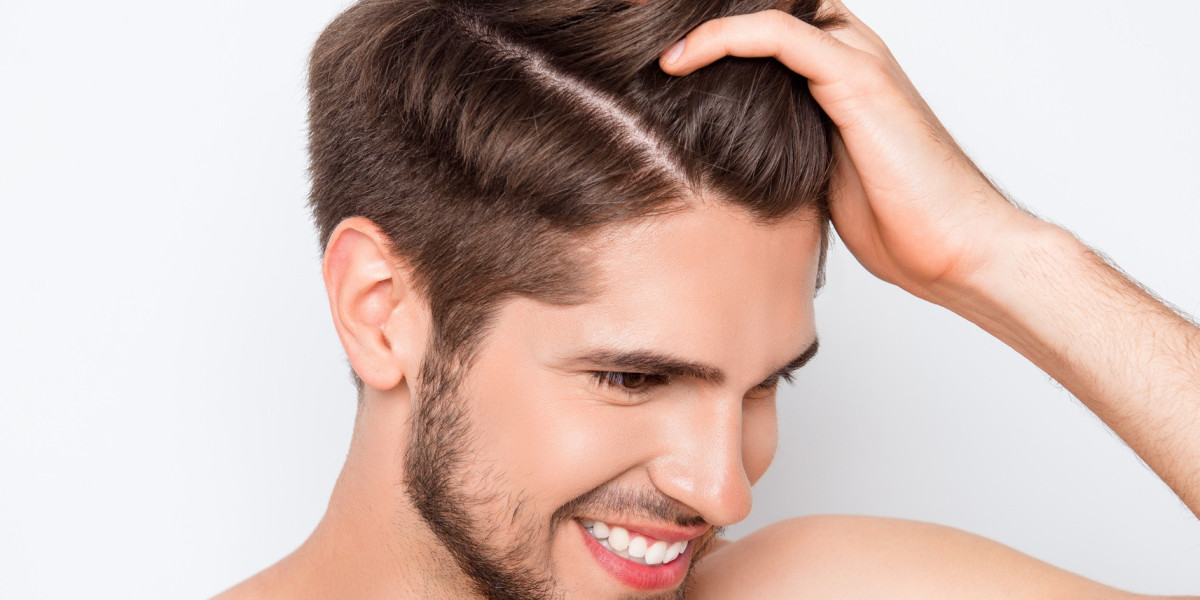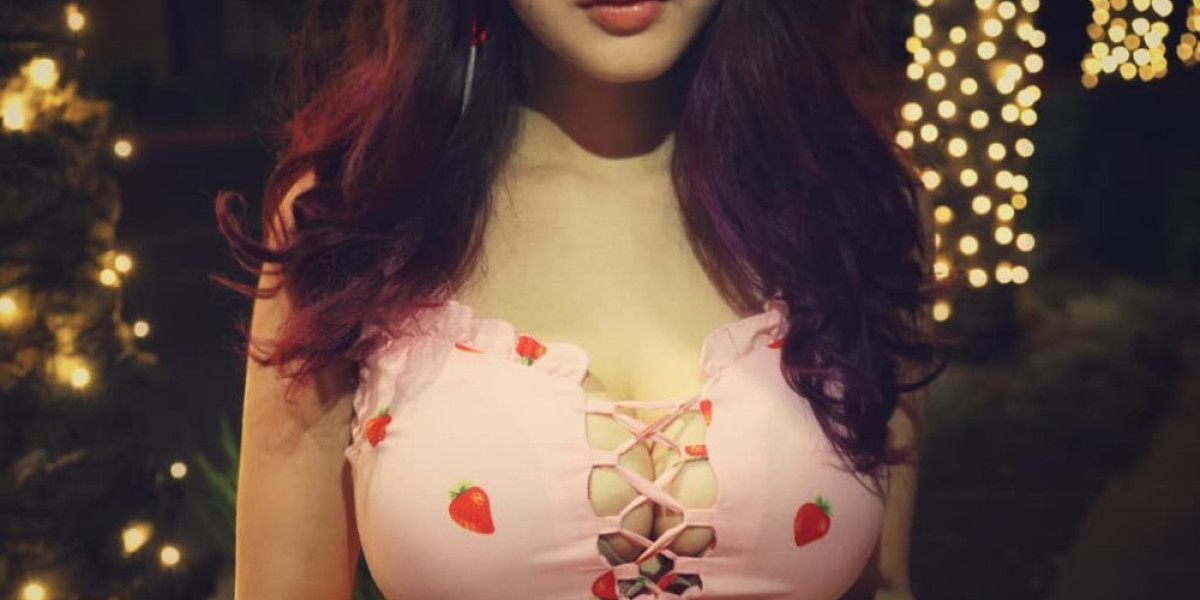Hair transplants are a game-changer for people struggling with hair loss. Whether you’ve opted for FUE or FUT, the promise of regaining natural, fuller hair brings back not only lost strands but also lost confidence. However, once your hair transplant is complete and the hair starts to grow back, a common question arises: Can I dye or style my transplanted hair? The short answer is yes—but with caution and timing. Patients getting a Hair Transplant in Islamabad are often advised to be mindful of how they treat their new hair during the early healing phase and beyond.
Understanding the Nature of Transplanted Hair
Before discussing hair dye and styling, it’s important to understand what transplanted hair really is. When you undergo a hair transplant—especially via techniques like FUE (Follicular Unit Extraction) or FUT (Follicular Unit Transplantation)—hair follicles are removed from the back or sides of your scalp (the donor area) and implanted into thinning or bald areas.
The hair follicles retain their natural characteristics, which means they continue to grow just like they did before being moved. This makes them behave no differently than your original hair, making them dyeable and styleable—once they are fully healed.
When Can You Dye Your Transplanted Hair?
The timing is crucial when it comes to dyeing your hair post-transplant. Immediately after the surgery, your scalp is in a delicate state, and introducing chemicals too soon can cause irritation, hinder healing, or even damage the newly implanted follicles.
✅ Recommended Waiting Time:
You should wait at least 4 to 6 weeks before dyeing your transplanted hair. However, many experts recommend waiting 2 to 3 months to ensure complete healing and hair follicle stabilization.
This timeline may vary based on:
Your scalp’s sensitivity
The density of transplanted grafts
Any post-surgical complications (e.g., redness, inflammation)
Your surgeon will typically assess your scalp in follow-up visits and give you a green light when it's safe to proceed.
Risks of Dyeing Hair Too Soon
Using hair dye too early can cause:
Scalp irritation or inflammation
Damage to healing grafts
Delayed growth or even graft failure
Fading or patchy results in color due to uneven texture early on
Hair dyes contain chemicals like ammonia, peroxide, and PPD, which can be too harsh on newly transplanted follicles if used prematurely.
Safer Alternatives During the Healing Phase
If you’re eager to color your hair soon after the transplant, consider these temporary and safer alternatives:
Ammonia-free hair color sprays
Root touch-up powders
Natural colorants like henna (ensure it’s PPD-free and approved by your surgeon)
While these don't offer the long-lasting effects of permanent dye, they provide a temporary solution without risking graft health.
Can You Style Transplanted Hair Normally?
Yes, you can! Once the healing process is complete and your transplanted hair starts growing, you’re free to cut, curl, straighten, or blow-dry it just like your natural hair.
However, here are a few styling guidelines to follow:
1. Wait for Initial Growth
After a hair transplant, you may notice some shedding of the transplanted follicles around 2–3 weeks post-procedure. This is completely normal and known as shock loss. True regrowth typically begins around 3–4 months and becomes more noticeable by the 6-month mark. You can begin light styling once your hair is about 2–3 inches long.
2. Avoid Heat Styling Initially
High-heat tools like straighteners and curling irons can stress newly growing hair. Limit their use during the first 4–6 months and always apply a heat protectant spray when styling.
3. Gentle Hair Products Only
Use sulfate-free, mild shampoos and conditioners designed for sensitive or post-procedural hair. Avoid heavy gels, waxes, or hairsprays immediately after the transplant.
4. Trim With Confidence
Your transplanted hair can be trimmed, faded, or styled any way you like—once it fully grows in. Many patients enjoy the versatility and freedom that comes with a restored hairline.
Long-Term Care Tips for Transplanted Hair
Even though transplanted hair is permanent, it still requires regular maintenance to look its best. Here are a few expert tips:
Regular scalp massages to stimulate blood circulation
Balanced diet rich in protein, biotin, and iron
Avoid harsh chemicals in shampoos or hair colors
Use UV protection if you're out in the sun often
Hydrate your hair with leave-in conditioners or oils like argan or coconut
Remember, the transplanted follicles are strong—but they thrive with care, just like any natural hair.
FAQs: Dyeing & Styling After Hair Transplant
Q1: Will dyeing affect the growth of my transplanted hair?
If done too early, yes. But once the hair is fully grown and your scalp is healed, dyeing will not negatively impact hair growth.
Q2: Can I bleach my transplanted hair?
Bleaching is a more intense chemical process. It's best to wait at least 3–4 months and get your surgeon’s approval before doing so.
Q3: Should I go to a salon or do it at home?
Initially, it’s safer to have your hair dyed by a professional stylist, especially someone familiar with post-transplant hair care.
Conclusion
Yes, you can dye and style your transplanted hair—but timing, technique, and proper care make all the difference. After your Hair Transplant in Islamabad, your hair needs time to heal and establish itself. Once that process is complete, you can enjoy the full freedom to color, curl, or style your hair however you please.
If you're still unsure about the best post-transplant hair care practices or want expert advice tailored to your hair type, consult with the specialists at Hair Transplant in Islamabad. At SKN Cosmetic Clinic, you’ll receive not only world-class hair restoration procedures but also the ongoing support you need to enjoy vibrant, healthy, and stylish hair for years to come.



